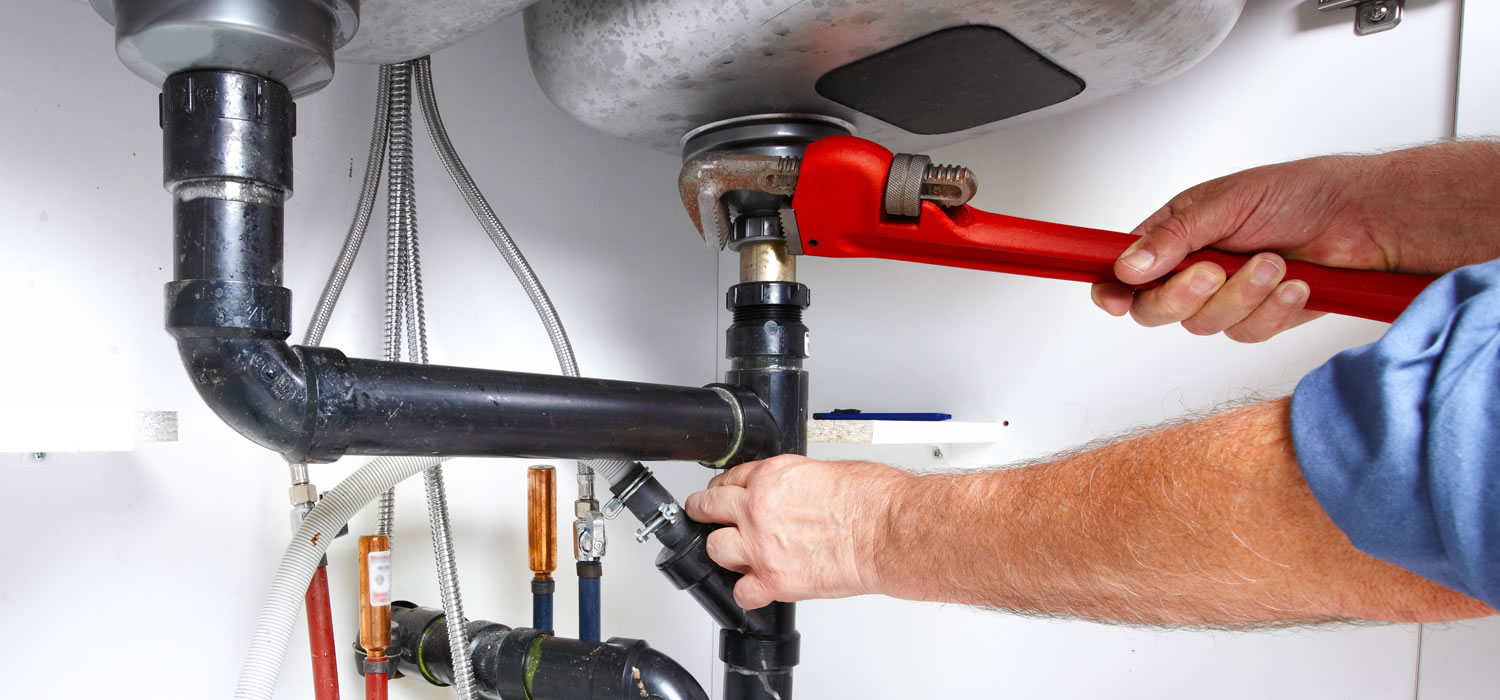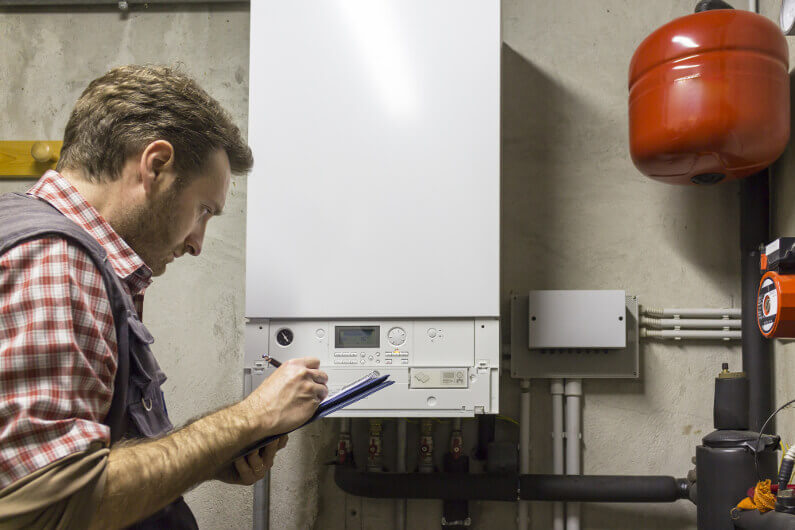If to Seek a Plumber's Expertise: 5 Frequently Occurring Appliance Difficulties
If to Seek a Plumber's Expertise: 5 Frequently Occurring Appliance Difficulties
Blog Article
This article down below in relation to Most Common Appliance Problems and Repairs is truly captivating. Give it a try and draw your own personal assumptions.

Have you ever had a problem with your dishwashing machine and not know if to call the plumber or electrician? Well, we're below to clear the air.
Several devices have a little bit of electricity and plumbing. A water heating unit, dishwashing machine, or cleaning device are family home appliances that might require a plumber and/or electrical contractor's attention.
You might need to recognize what part of the device is defective prior to making that telephone call. Call your emergency plumber immediately if you experience any of these common device problems.
Indulged Ice makers
Yes, your fridge is an electrical home appliance. Your plumber will not fix your refrigerator or fridge freezer, but if it has an ice manufacturer connected, you ought to call your plumber to deal with that component.
Your ice maker has its water line, and this link can obtain leaky or clogged. When you change your fridge, you should reconnect your ice maker, otherwise it may create a mistake.
Your plumber can analyze your ice maker and tell you if it is redeemable. If it's not, you can alter your icemaker without changing your fridge.
Defective washing makers
It's a little bit more difficult with a cleaning machine. Your washing device is most likely to have a plumbing-related fault than an electric one. Of all, many washing equipment faults can be linked to water stress. It might ruin even the electric elements if the water your maker gets is too quickly. In this instance, changing the element will not quit the damages, just cost you more money.
A plumber can also detect deterioration on the machine's plumbing components. For instance, we can identify a leaky or burst pipeline and even stretched plumbing work.
Damaged hot water heater
If you have a gas water heater, the choice is easy. If you make use of the more contemporary electrical water heaters, you might be torn.
Professional plumbing professionals understand the intricate functions of a hot water heater and also can spot a hot water heater more precisely than any person else. Your water heater might be struggling with a leakage, a blown fuse, or straightforward aging. Even if the issue takes place to be wiring relevant, your plumber will certainly be able to fix it. A plumber will certainly do a more complete work for your water heater.
Leaking taps
A leaky faucet is your plumber's business. The issue might be as simple as a few stopping working faucet components, or it may be as a result of a bigger issue like expensive water stress, or infected water, specifically if your tap features a filter. Tough water might also be destroying your kitchen appliances.
Usually, your faucet's resilience depends on the material it's made from, and its high quality. A top notch tap can last over a years.
Running commodes as well as clogged up drains
Of course, running commodes and clogged up drains are your plumber's specialized. Your plumber can repair any sort of drain, even if it is on an electric gadget.
Professional plumbings understand the intricate workings of a water heating unit as well as can spot a water heating unit more precisely than any individual else. Also if the issue occurs to be circuitry associated, your plumber will be able to fix it. A plumber will certainly do a more thorough task for your water heating system.
A dripping faucet is your plumber's business. The trouble may be as easy as a couple of failing tap components, or it may be since of a larger trouble like too high water pressure, or polluted water, specifically if your faucet comes with a filter.
Simple Fixes for Common Appliance Problems
Disposer
All disposers have an overload feature that automatically shuts off the power when the motor becomes overloaded and gets too hot. Once the motor cools, simply push the reset button on the side of or under the unit.
On the other hand, if it hums but doesn’t spin, it may have something stuck in it. Switch the disposer off, then try working through it by turning the blades with a special disposer wrench (sold at home centers) or by turning a bottom bolt. Many disposers have an Allen wrench for that purpose, inset on the bottom of the machine.
Lights
When a light goes out or a switch doesn’t work, you should first check the main electrical panel for a tripped circuit breaker. But don’t stop there. Before you change out light bulbs and switches, see if a GFCI outlet (which may be upstream from the troubled light or outlet) has tripped. Sometimes all the bathrooms or the outside lights are powered through a single GFCI located in one bathroom or elsewhere, such as in a basement. Simply push the reset button on the GFCI and you could be back in business.
Refrigerator
If your refrigerator conks out on a hot day and you have a cat or a dog, immediately check the coils for pet hair. Service pros find this problem on half of their refrigerator calls. The coils are the black tube-and-wire grid that cools the fluid in the compressor. A buildup of hair will cause the compressor to overheat and trigger the overload switch. On many fridges, you get to the coils by opening the grille at the bottom of the refrigerator. Then push a coil cleaning brush (sold at home centers) into the coils, pull it back and vacuum it clean.
If the coils are located on the back, pull out your fridge (it’s often on rollers) and brush them off. Bonus: The clean coils will cool more efficiently and save you money on your utility bill!
Once the overload switch is tripped, you may have to wait a few hours for it to cool. It will reset itself and turn the refrigerator back on.
Electric range
If your electric stove burner won’t heat, turn the burner off and pull it out from its socket. Then plug it in again and wiggle it around. If it feels loose, remove the burner again and gently bend the burner prongs slightly outward for a tighter connection. Easy does it. You could end up pushing the whole socket out of its bracket.
https://www.familyhandyman.com/project/simple-fixes-for-common-appliance-problems/

As a fervent reader on Most Common Appliance Problems and Repairs, I imagined sharing that excerpt was a great idea. Enjoyed reading our blog posting? Please share it. Help others locate it. Thank-you for your time spent reading it.
Expert plumbing diagnostics and repair. Report this page